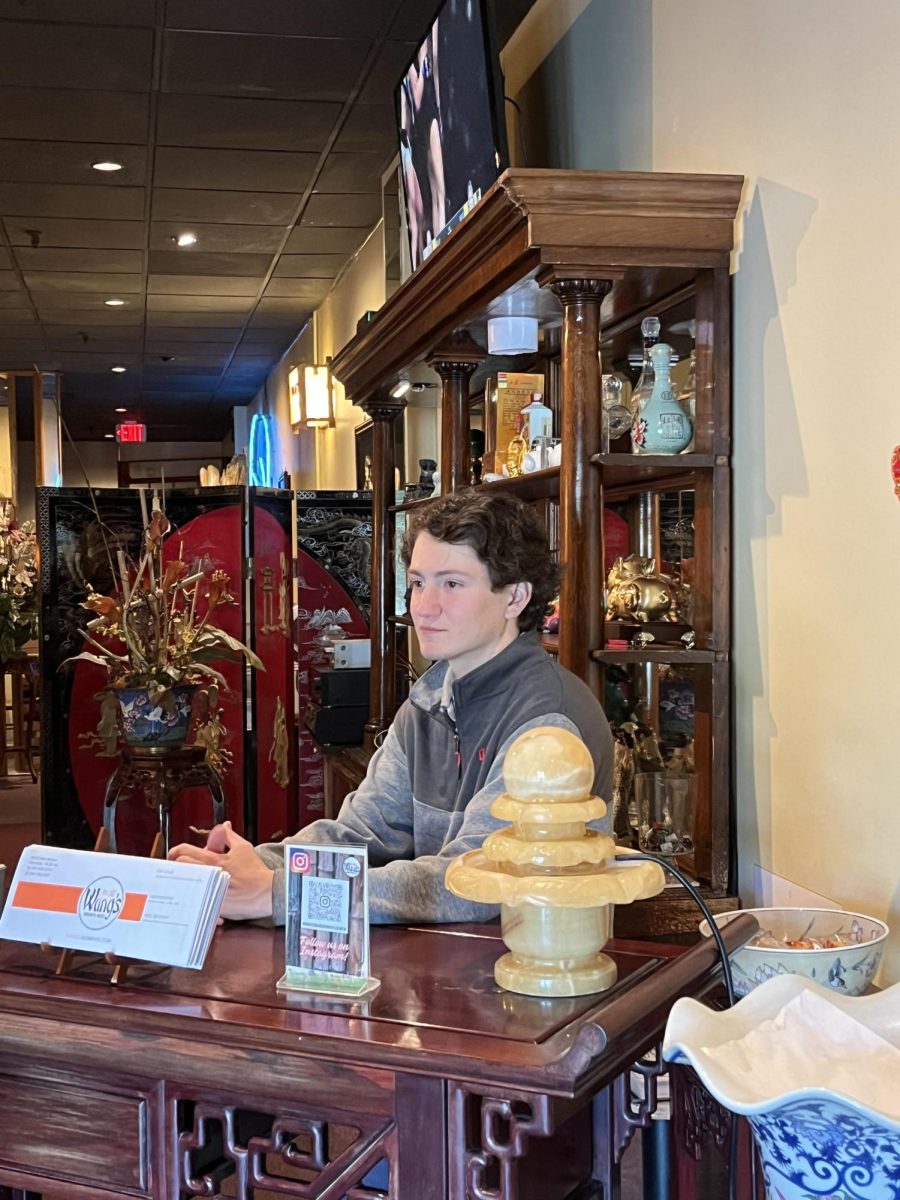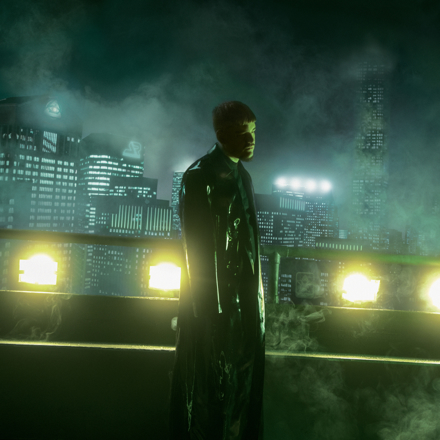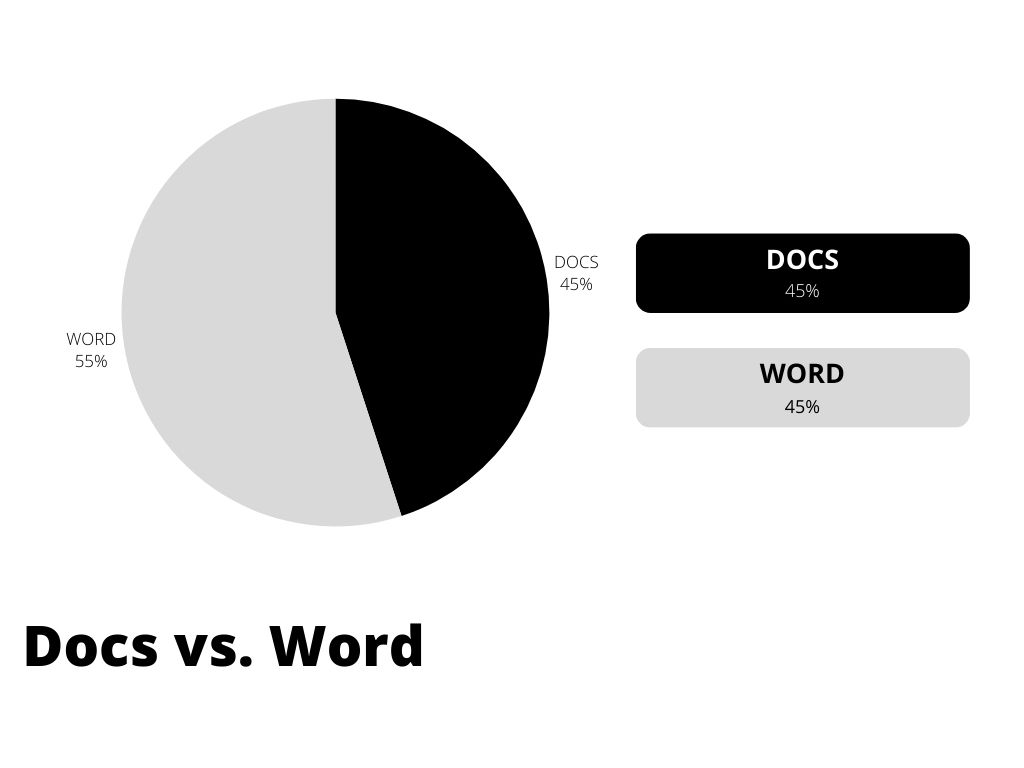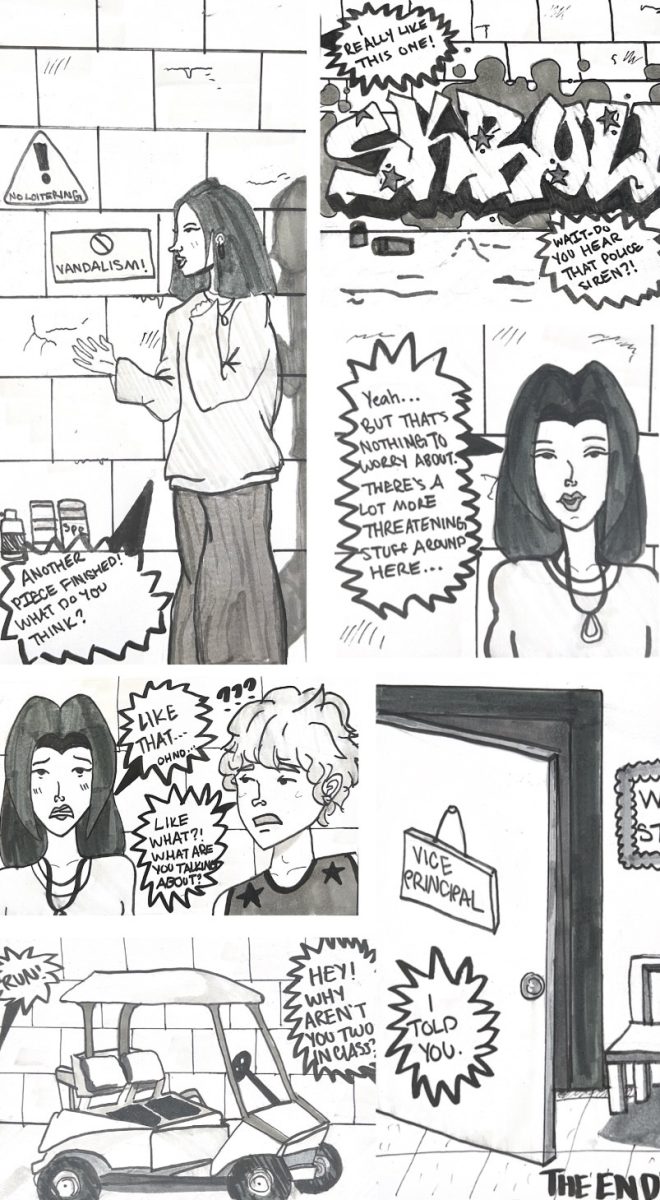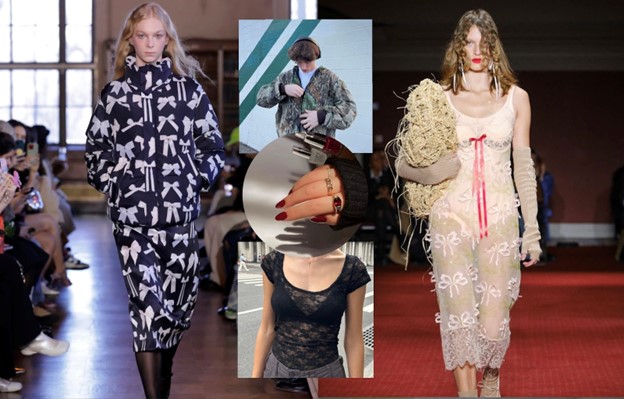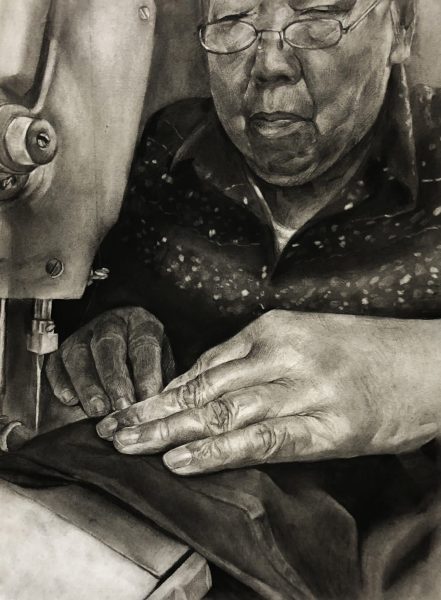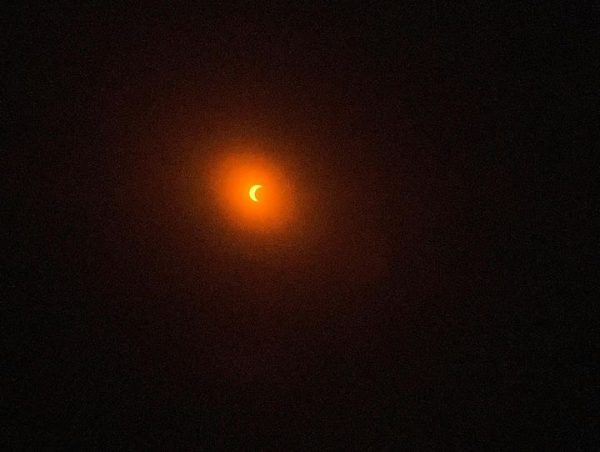The generation of absurdist humor
Remember the phenomenon when elementary school kids from all over the United States sang a debauched, violent version of the Barney theme song as regular entertainment? Remember the mysterious “Super S” or “Stussy” children clambered over each other to learn to draw?
Millennials and Generation Z are known for absurd humor that appears originless to older groups, but the appeal of young comedy is more traceable than the Super S.
It turns out that most high school humor is heavily contextual. This context just lies within the Internet or social media unused by most parents, like Twitter, Vine or Instagram. Because older groups are unaware of the context of these jokes, it appears to them that high schoolers can laugh at virtually nothing. For example, memes are basically widespread inside jokes that only make sense to those who have seen the source material.
“When a post goes viral on Twitter, Tumblr, or Vine, people tend to quote it often to make a joke,” Taylor da Ponte (12) said. “People would incorporate phrases like ‘Damn, Daniel’ into everyday conversation. After that, Vine became incredibly popular.”
Although some jokes can be explained, others are actual nonsense.
“My best friend, Hannah Purvis, and I call each other ‘squid,’” da Ponte said. “And I don’t know why, but we find it funny.”
People enjoy ridiculous, nonsequitur-style humor, and while it certainly is not a new style, it may be more prevalent now than in the past. Vine majorly contributed to this form because the platform forced its users to make creations lasting only six seconds long. While attempting to condense set-ups and punchlines to such a short period of time, Vine stars found the shorter and more independent a joke, the better. The same concept applies to Twitter’s 140-character limit and Snapchat’s 10-second video limit.
What’s strange is that absurd humor permeates websites like Tumblr that are not subject to time or word restrictions. There is speculation as to why this is, but some users suggest that “Tumblr meme culture” (Yes, that is a phrase you just read.) is a form of Neo-Dadaism.
Neo-Dada was an art movement (and revival of World War I’s Dada movement) which occurred in the 1950s and 60s in response to consumerism, nihilism and the Cold War climate. Dada and Neo-Dada were based on recognition of the senselessness of war and the anxiety it causes. Similarly, many young people today feel confused and hopeless because they have grown up in a period of constant awareness of war, recession and inequality.
Dadaist art was anti-art. Absurdist memes are anti-humor.
This same sentiment adds to young people’s ability to joke about traditionally touchy subjects.
“People nowadays find taboo things funny because we are so desensitized to violence and other things of that nature,” da Ponte said.
According to the American Academy of Family Physicians, “children and adolescents in America spend an average of about seven and a half hours a day using various forms of entertainment media.” On average, each American will witness 200,000 violent acts on TV before age 18. This does not include the violence found online, in non-televised series, or experienced in real life.
Much of newfound comedy comes not from lack of sympathy, but from empathy in subjects so serious they are unbearable to discuss without humor– even if that humor comes from a place of bitterness.
These days, those in marginalized groups appear more comfortable than before joking about their struggles. Laughter is a powerful coping mechanism, and jokes that are either utter nonsense or painfully direct seem to do the trick.
One consequence of such specific kinds of comedy is that companies, TV, films and other media find it difficult to keep up. Relating to the audience is nearly impossible when memes go in and out of fashion so quickly or when jokes have no substantial basis anyway. Businesses that rely on current trends to advertise are ridiculed when they miss the funniness mark. This means anti-humor is successfully fulfilling its purpose.
Regardless, mainstream media works relentlessly to understand and include current, relevant comedy in programming.
“I’ve already seen TV shows and movies referencing popular social media trends and internet memes,” da Ponte said. “Humor evolves constantly, and I will just have to accept the fact that memes will be in every type of media regularly soon!”
Your donation will support the student journalists of White Station High School. Your contribution will allow us to purchase equipment and cover our annual website hosting costs.










